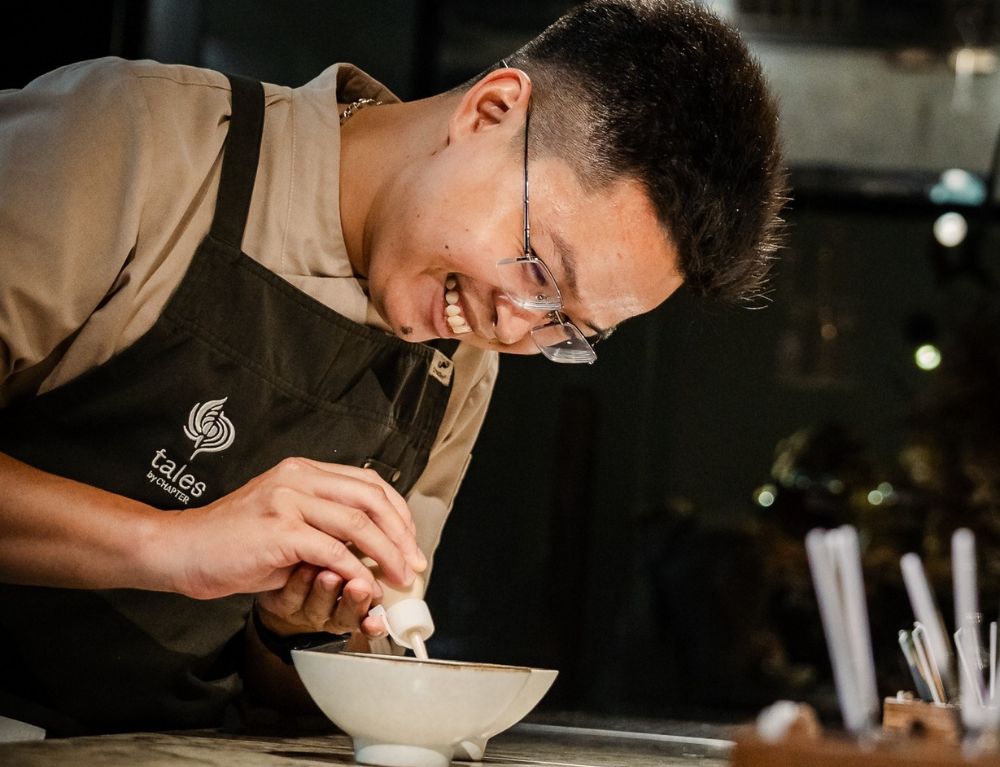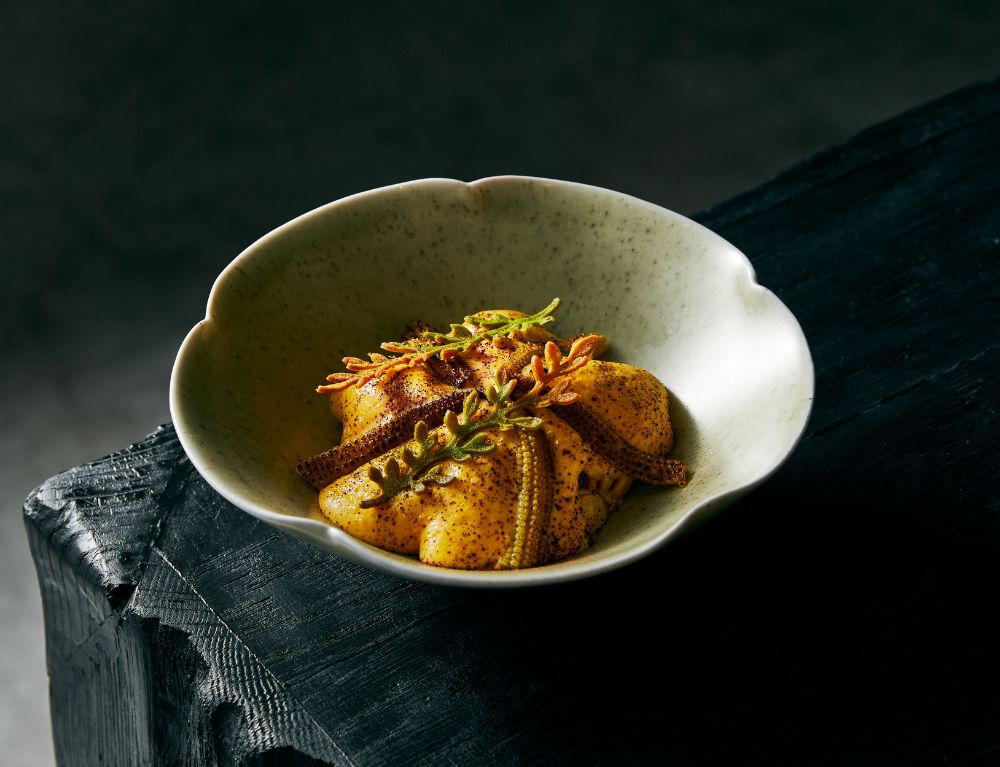Category: Plant-based
Sustainable gastronomy captures the harmony between culinary creativity, environmental responsibility, and a deep appreciation for ingredient origins. It represents a mindful approach that shapes not only how chefs cook but also how diners understand in-depth factors. Read this article to explore how these principles come to life and why they matter in today’s evolving fine dining landscape.
How Gastronomy Evolves Until Now?
Gastronomy has evolved through centuries as cultures exchanged ideas, ingredients, and techniques across continents over time worldwide. Its progression reflects shifting tastes shaped by trade expansion, technological advances, and rising curiosity toward global flavors.
Modern gastronomy now embraces storytelling that connects diners with heritage, intention, and emotion in meaningful ways. Chefs reinterpret classics with refined techniques that honor tradition while welcoming contemporary sensibilities and cross-cultural creativity.
This evolution highlights a culinary world where refinement meets innovation to inspire memorable experiences for discerning travelers. Today’s fine dining celebrates craftsmanship that elevates local ingredients into dishes expressing place, season, and cultural depth.
The Philosophy of Sustainable Gastronomy
Sustainable gastronomy reflects a culinary philosophy that honors ingredients sourced responsibly and cultivated with long-term ecological stewardship in mind. It emphasizes farming and fishing practices designed to protect biodiversity while supporting communities that rely on these traditions.
Chefs who embrace this approach consider each ingredient’s journey from origin to plate as part of their creative responsibility. The practice encourages seasonality, reduces unnecessary waste, and celebrates producers devoted to preserving cultural and environmental integrity. By connecting ethical sourcing with elevated technique, sustainable gastronomy offers diners cuisine shaped by purpose, place, and thoughtful artistry. Its principles guide dining toward a conscious future.
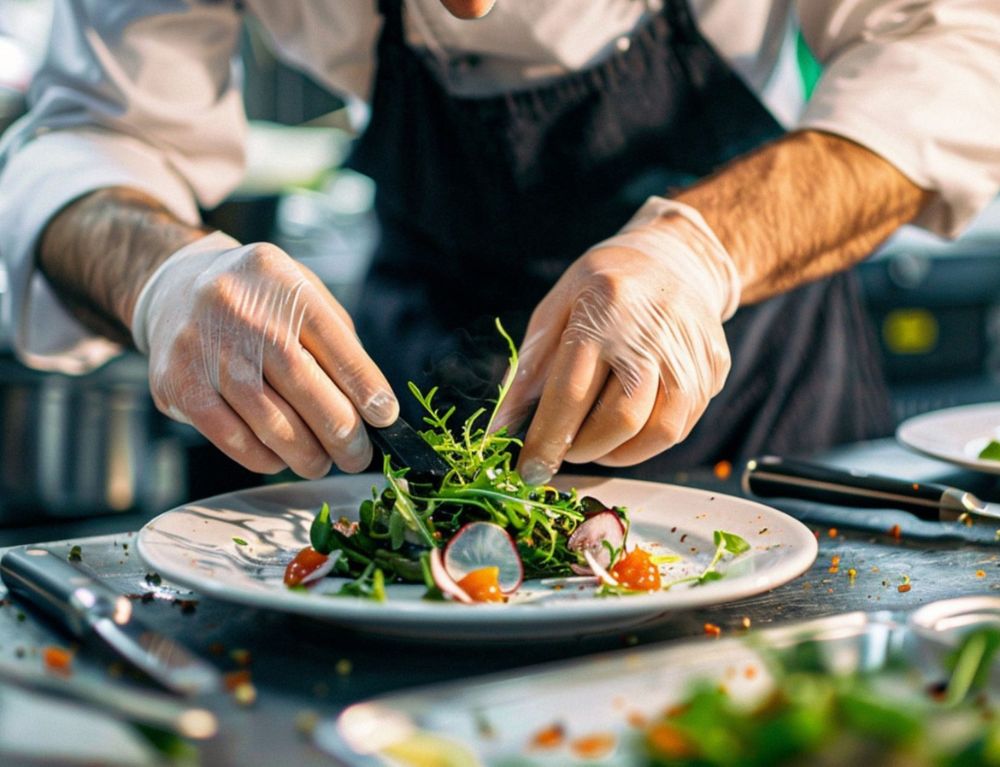
Deep Dive Sustainable Gastronomy Practices
Seasonal Menus Inspired by Nature
Seasonal menus represent a core practice within this philosophy because they encourage chefs to work in harmony with nature’s rhythms. By selecting ingredients at their peak, kitchens highlight flavors that feel vibrant, honest, and deeply connected to their origins. This approach supports farmers who nurture soil health and maintain regenerative methods that protect landscapes for future generations.
It also minimizes long-distance transport, allowing restaurants to reduce their environmental footprint while celebrating regional abundance with intention. Chefs craft menus that shift gracefully throughout the year, giving diners a genuine sense of time, place, and cultural richness.
Each season introduces new textures, aromas, and stories that guide thoughtful culinary expression rooted in respect for local ecosystems. This philosophy reinforces the belief that luxury can coexist with responsibility when creativity embraces mindful sourcing. Ultimately, seasonal menus reveal how sustainable gastronomy elevates dining through authenticity, purpose, and an elegant appreciation for nature’s continual cycle.
Artisan Ingredients Honoring Craftsmanship
Artisan ingredients embody a level of craftsmanship that reflects generations of dedication, regional identity, and refinement. These ingredients are cultivated through meticulous methods that prioritize patience, tradition, and respect for natural environments. Chefs value them not only for exceptional flavor but also for stories that deepen dining experience meaningfully.
Each ingredient carries a sense of place shaped by local artisans who safeguard skills passed down over centuries. Such craftsmanship elevates dishes by connecting diners with cultural memory, regional pride, and a deeper appreciation for origin. Restaurants that champion artisan producers help preserve meaningful culinary traditions while nurturing responsible and resilient food communities globally.
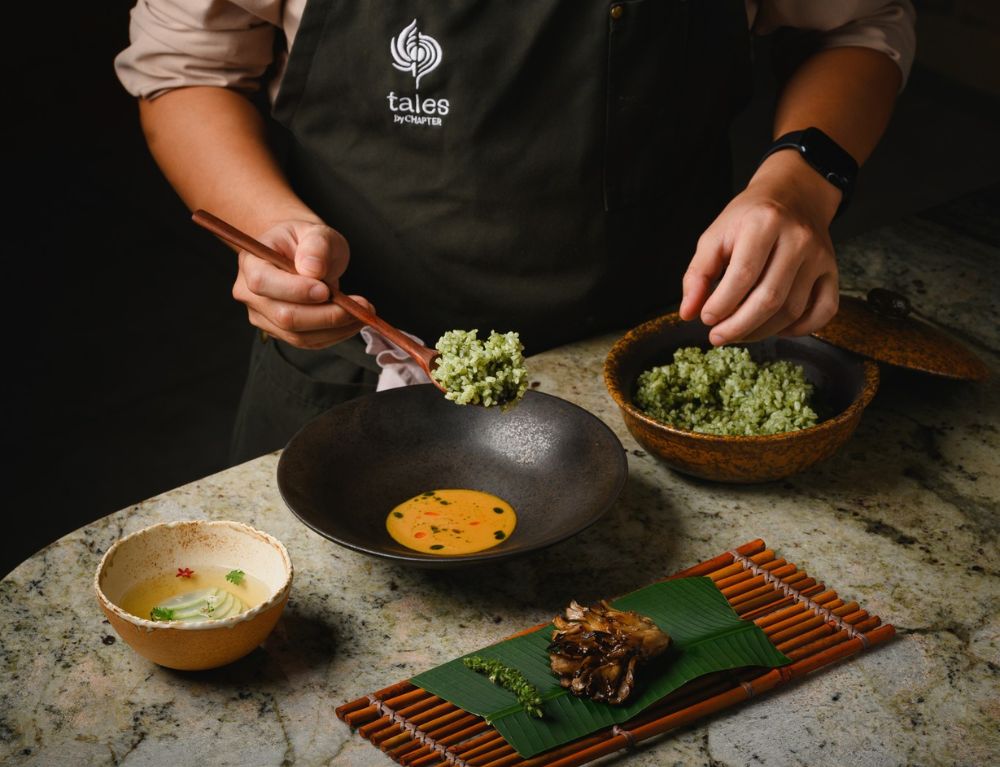
This commitment encourages ethical sourcing choices that honor human skill as much as the ingredient’s inherent character. Artisan ingredients remind diners that true luxury often begins with humble origins shaped by committed hands. Their presence enriches fine dining with authenticity that complements contemporary creativity and thoughtful expression.
Culinary Innovation Shaping Sustainable Flavors
Culinary innovation plays a vital role in shaping sustainable flavors that balance creativity with responsible environmental considerations. Many chefs explore modern techniques to elevate underutilized ingredients while encouraging practices that support healthier ecosystems and communities. Such innovation invites diners to appreciate bold interpretations that reflect seasonal conditions and reinforce the importance of mindful sourcing.
Restaurants committed to sustainability often invest in research that reveals new possibilities for transforming humble ingredients into refined expressions. These efforts extend beyond technique by embracing partnerships that advance regenerative agriculture and promote long-term environmental resilience worldwide. Chefs increasingly apply sophisticated methods to highlight natural purity, resulting in flavors that feel respectful, balanced, and deeply expressive.
Such sustainable gastronomy demonstrates how innovation can elevate sustainability by connecting intention with culinary artistry to create meaningful dining experiences. Ultimately, sustainable flavors flourish when creativity honors nature’s rhythm and inspires choices that shape a more conscious culinary future.
Behind the Plate: Stories of Sustainable Sourcing
Behind every thoughtfully sourced ingredient lies a story that reveals how fine dining can honor nature through creativity and care. Many kitchens begin this journey by treating overlooked parts of vegetables as opportunities to explore deeper expressions of flavor. Corn cobs, beet peels, and citrus stems often inspire techniques that highlight potential usually lost to conventional preparation methods.
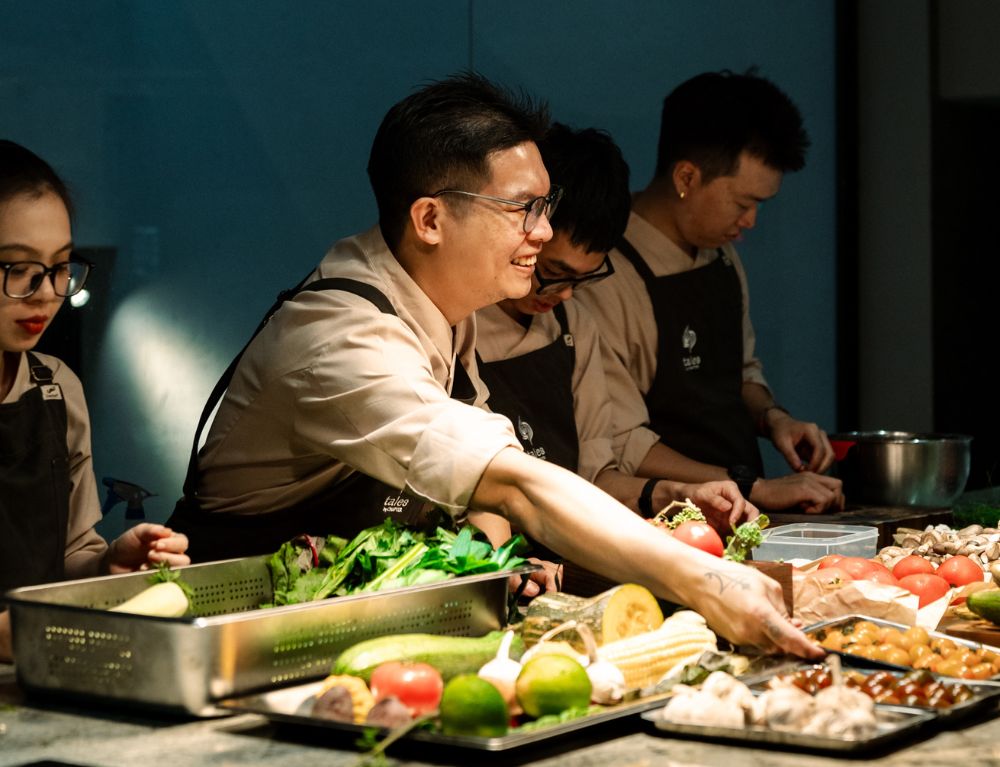
Some teams collaborate across kitchen and bar spaces to transform remnants into drinks, infusions, or subtle accents that enrich the menu. Other ingredients evolve into delicate botanical sheets shaped through slow drying, gentle cooking, and finely tuned craftsmanship inspired by local artistry.
These textures invite guests to touch, wonder, and reconsider the quiet value hidden within ingredients once destined for waste. Carrot leaves, tomato skins, and pumpkin stems demonstrate how refinement can emerge through patience, intention, and profound respect for origin. Such stories remind diners that sustainability thrives when culinary imagination turns overlooked elements into meaningful experiences.
Tales by Chapter Fine Dining Review
Tales by Chapter offers a refined plant-based experience that blends sustainability with an elegant approach to contemporary fine dining. Its atmosphere feels calm and evocative, shaped by natural textures that create a gentle connection to surrounding landscapes. Each course is prepared with remarkable precision, reflecting a commitment to craftsmanship that elevates humble ingredients into memorable expressions.
Signature dishes reveal layered flavors that honor seasonal produce while celebrating techniques rooted in thoughtful and sustainable creativity. Non-alcoholic pairings add depth and clarity, offering compositions that enhance the narrative woven throughout the entire dining journey. Guests often note attentive service that balances professionalism with warmth, ensuring every moment feels intentional, harmonious, and welcoming.
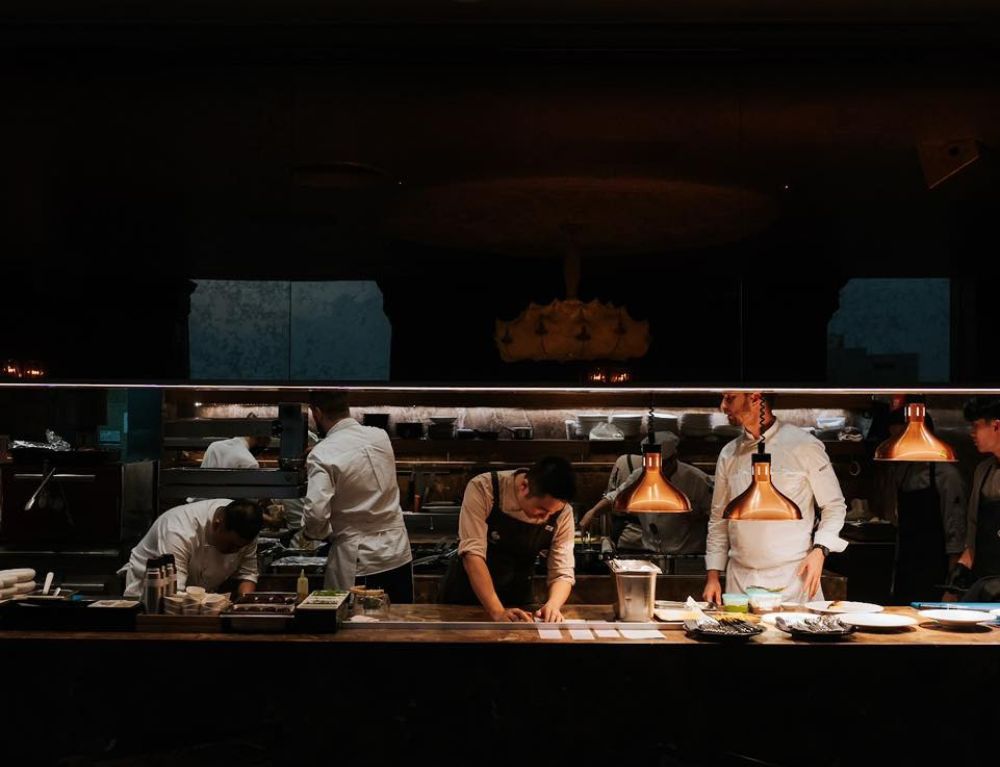
The restaurant’s zero-waste philosophy gains admiration for demonstrating how environmental responsibility can enrich culinary expression without compromising luxury. Planting a tree for every set menu further reinforces the restaurant’s mindful vision and deepens its connection with environmental stewardship. Guests remember.
Sustainable gastronomy ultimately shows how memorable dining emerges when creativity, responsibility, and a deep respect for nature align beautifully. It reminds us that innovation feels most meaningful when it preserves culture, elevates ingredients, and enriches the way we connect with food. For a truly distinctive expression of this philosophy, experience Tales by Chapter and discover sustainability crafted into every elegant detail.
_________
Tales by Chapter
The first zero waste plant-based dining in Vietnam
Add: 10 Nguyen Thanh Y, Tan Dinh, Ho Chi Minh City
Hotline: +84 368 150 125
E-mail: reservation@talessgn.com – Reservation
Opening hours: 7.00pm – 11.00pm (Closed Sunday)


